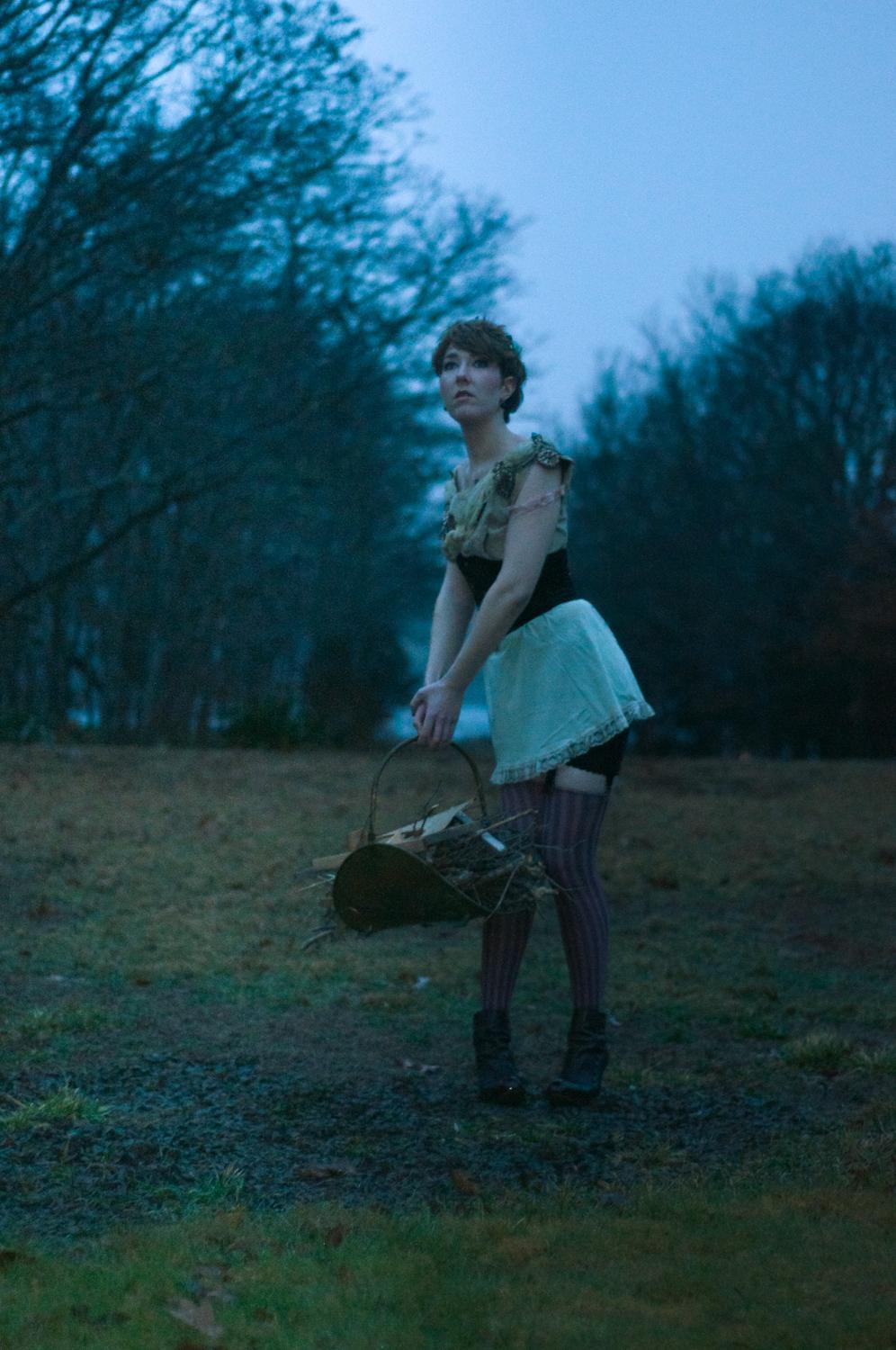Artificial Intelligence (A.I.) is changing the landscape of every creative field, including photography. As a portrait and landscape photographer, I see the value of A.I. in streamlining workflows and supporting the technical side of things. But I want to be clear: A.I. is just a tool. It can enhance our process, but it will never replace the human spirit, the emotional depth, and the lived experiences captured through the lens.
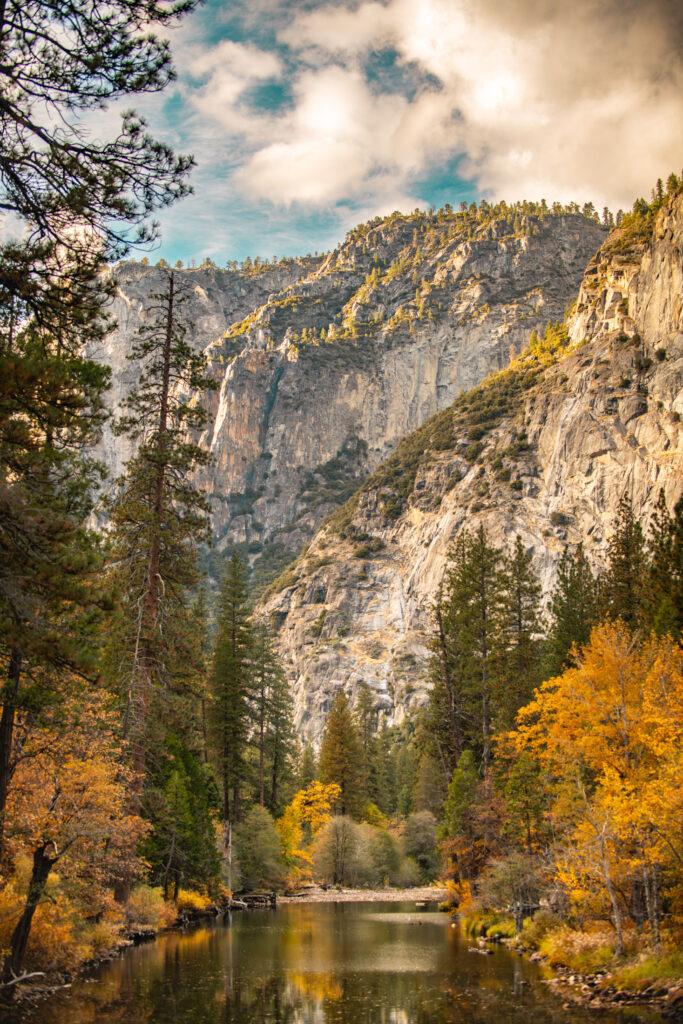

A.I.’s Role in Portrait and Landscape Photography
In portrait photography, A.I. tools can be useful for skin retouching, lighting correction, and even background enhancements. In landscape photography, we see features that can replace skies, enhance colors, and sharpen details with just a few clicks. These functions, while impressive, are no substitute for being present with your subject or standing in the perfect light at golden hour.
For portraits, A.I. can smooth skin or brighten eyes, but it can’t forge a connection between the photographer and the person in front of the lens. It can’t draw out a genuine smile or capture that vulnerable, powerful moment of eye contact. For landscapes, A.I. can enhance a sunset, but it can’t feel the wind, the silence, or the awe that drives you to press the shutter in the first place.
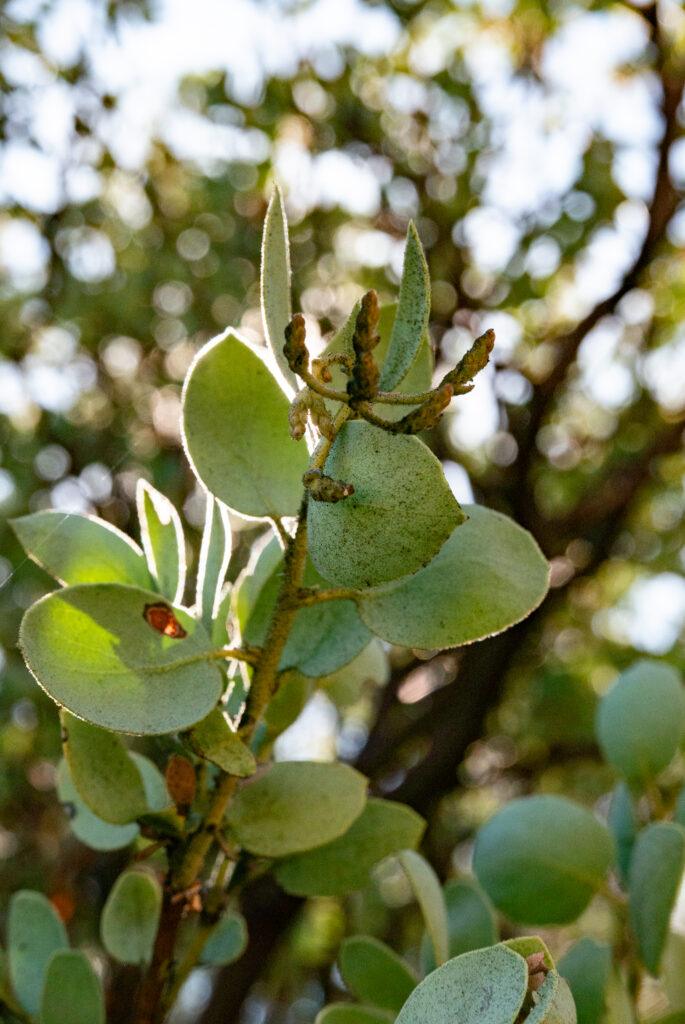
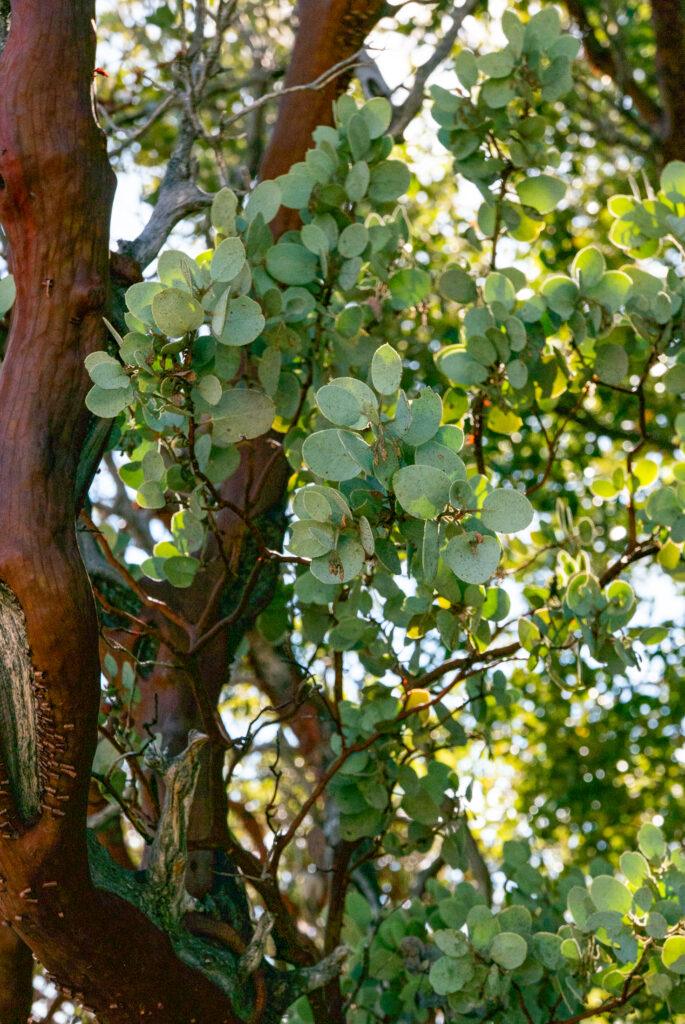

My Thoughts on A.I. in Photography
I use A.I. to assist with the backend—sorting images, batch editing, noise reduction, and general organization. It saves me time, which is incredibly valuable. But that’s where I draw the line. The heart of my photography comes from connection, emotion, and intuition.
There’s an alchemy that happens in portrait photography: the exchange of trust, the shared silence, the laughter between shots. No A.I. can replicate that. In landscape photography, it’s about the journey, the patience, the wait for perfect light or a passing cloud that changes everything. That kind of experience can’t be generated by a machine.
I don’t fear A.I., but I also don’t romanticize it. I see it as a powerful assistant that frees me to do what I love most—create meaningful images. It should never replace the photographer’s vision, intuition, or emotional depth. A.I. can be a great tool for efficiency, but it cannot feel. And feeling is what makes a photograph unforgettable.
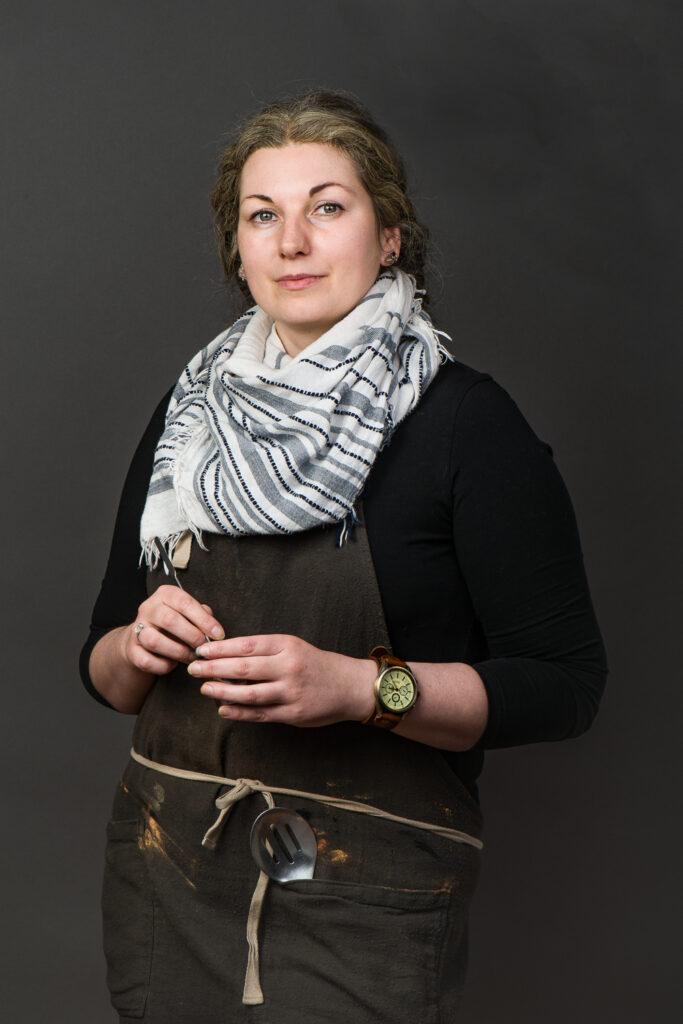
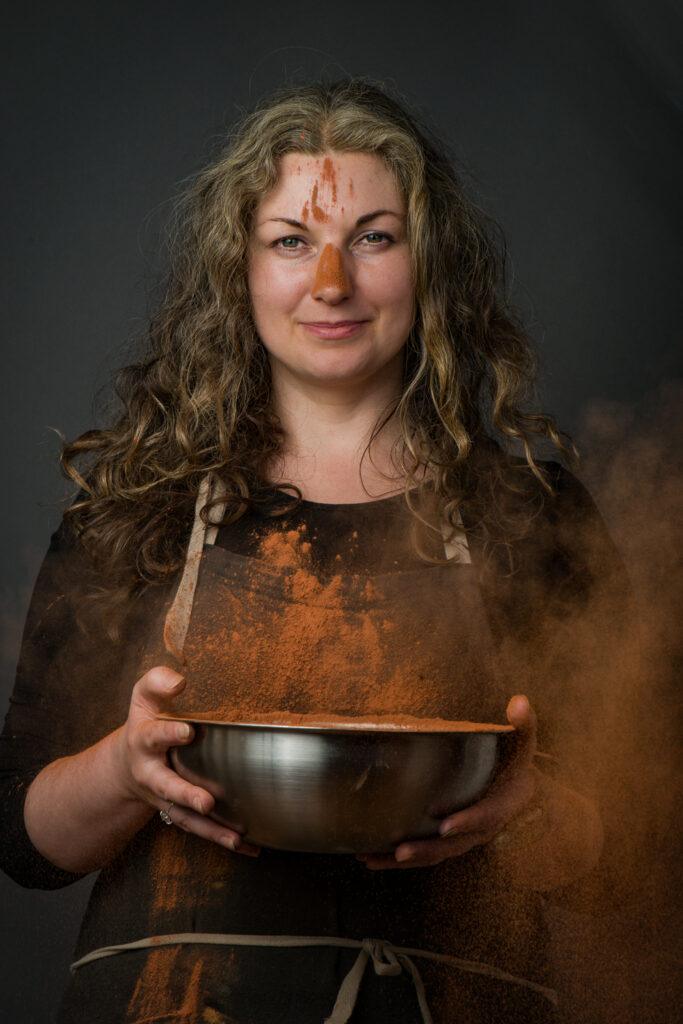
Why the Human Touch Still Matters
In portraiture, every face tells a story. A tilt of the head, the curve of a smile, the tension in a jaw—those are deeply human details that require empathy to capture. A.I. can help make those features pop, but it can’t identify what makes them significant.
In landscapes, every scene is unique to the moment. Fog lifting off a lake at dawn, the shift in shadows on a mountain—these fleeting events demand presence and patience. No algorithm can understand the emotional charge of those moments. That comes from being there, feeling it, and translating it into an image.
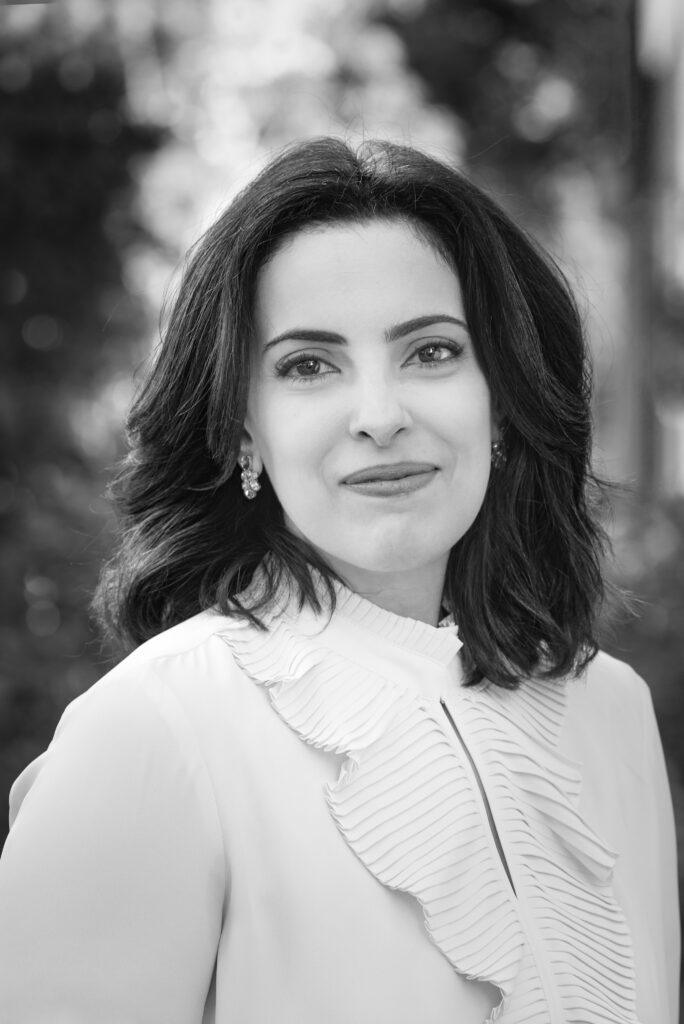
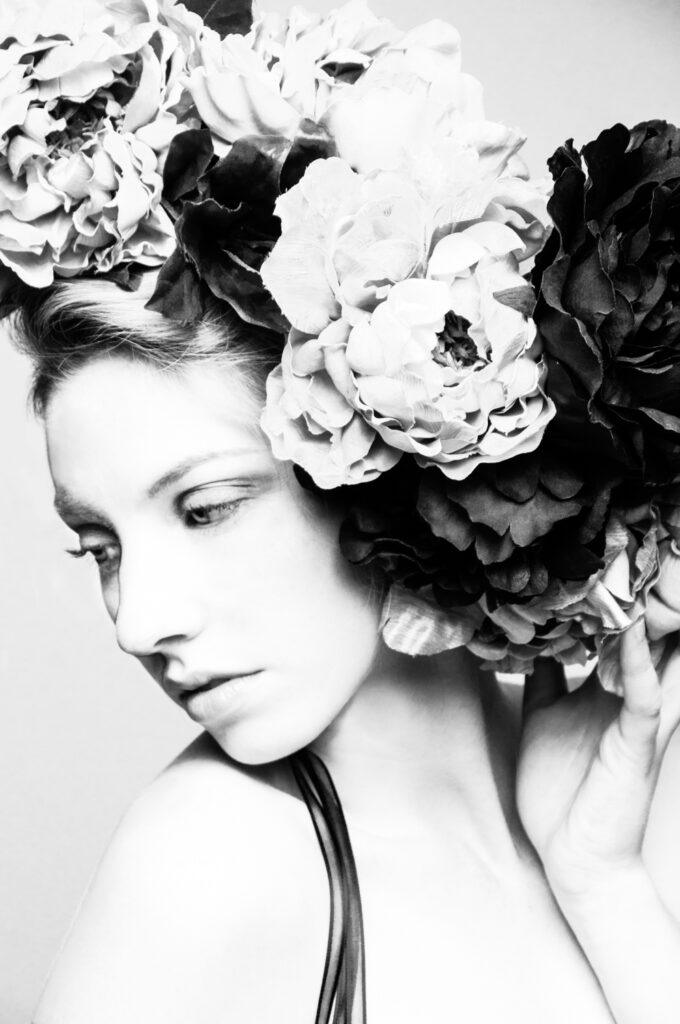
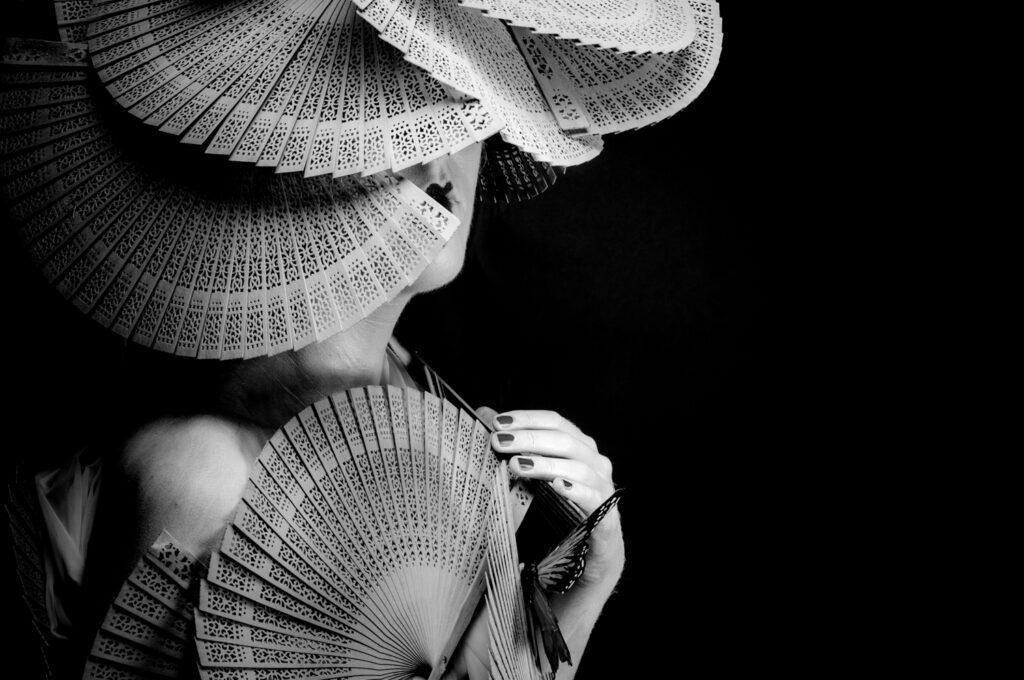
Moving Forward with Intention
As A.I. continues to evolve, I believe it’s up to us as photographers to set boundaries and use it with intention. We can welcome it into our workflows without letting it define our artistry. Let it take care of the repetitive tasks so we can spend more time in the field, more time with our subjects, and more time refining our unique voices.
Photography is about seeing—not just with our eyes, but with our hearts. No matter how sophisticated A.I. becomes, it cannot replace that. It cannot see what we see, or feel what we feel. And in the end, that’s what makes each image a piece of who we are.
Keep shooting; do not let A.I win, and you can not control how people think and feel, it is none of our business nor concern. Do what you love with photography and so not let A.I. cast a shadow in what is important.
Let A.I. be your tool.
Use your eyes and skills to show the world what you see!
Happy Shooting!
<3 Ann

